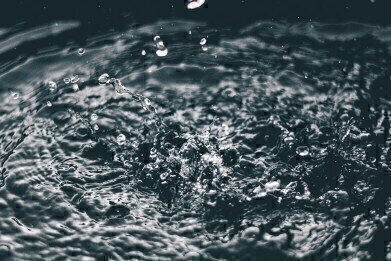Mass Spectrometry & Spectroscopy
What is the Coliform Count?
May 19 2022
When it comes to assessing the quality of drinking water, Coliform count is one of the most important parameters used by scientists. Using quick and easy testing solutions, analysts can calculate concentrations of Coliform bacteria and determine if it’s safe for consumption.
What are Coliform bacteria?
Found extensively in the natural environment and in the faeces of animals and humans, Coliform bacteria alone don’t necessarily cause illness. However, high levels can reveal the presence of other, more dangerous pathogens such as Escherichia coli (E. coli), Enterobacter, Citrobacter and Legionella.
This makes Coliform bacteria testing a useful “indicator” for detecting bacterial contamination in water sources. A simple Coliform count test can offer a good indication of how safe and sanitary a water supply is. A negligible Coliform count suggests water is clean while a high Coliform count signifies the presence of disease-causing organisms.
“Coliform is not a taxonomic classification but rather a working definition used to describe a group of Gram-negative, facultative anaerobic rod-shaped bacteria that ferments lactose to produce acid and gas within 48 h at 35°C,” explains an article published by the US Food & Drug Administration. “In 1914, the U.S. Public Health Service adopted the enumeration of coliforms as a more convenient standard of sanitary significance.”
Acceptable Coliform count for H20
Contaminated drinking water is one of the main drivers of disease around the world. The World Health Organisation (WHO) estimates that waterborne diseases such as diarrhoea, dysentery and cholera cause almost half a million deaths every year. In developed countries such as the UK and the United States, Coliform count is used extensively by local municipalities to monitor the quality of drinking water and reduce the risk of disease. In both countries, acceptable Coliform count for a 100ml sample of drinking water is Not Detected (ND). This ultra-low Coliform count is also enforced in countries such as Canada.
Using Coliform count to improve public health
Coliform count isn’t used exclusively for monitoring drinking water quality. The analytical technique is also used to monitor bacteria concentrations in products such as milk, shellfish and other food and beverage products. Testing is carried out by manufacturers and retailers in developed countries, as well as health organisations in developing countries.
“The findings of this study showed that both producers’ and vendors’ raw milk was highly contaminated with total bacteria and coliforms,” reads a recent report carried out in Southern Ethiopia. “The overall bacteria isolated from raw milk with poor bacteriological quality were 32 (30.8%) Escherichia coli, 21 (17.9%) Staphylococcus aureus and 3 (2.6%) Salmonella spp.” The authors stress addressing high Coliform counts in milk is urgent as “antimicrobial-resistant bacteria isolated from milk may be a great challenge for the healthcare system.”
A proactive approach to food safety
Water isn’t the only driver of illness, with everything from undercooked chicken to peanut butter posing a health risk to consumers if the right safety precautions aren’t followed. Find out more about the different types of bacteria found in food, including common strains such as Salmonella, Campylobacter and E. coli, in ‘Bacteria in Food - Types, Testing & Problems’.
Digital Edition
Lab Asia 31.2 April 2024
April 2024
In This Edition Chromatography Articles - Approaches to troubleshooting an SPE method for the analysis of oligonucleotides (pt i) - High-precision liquid flow processes demand full fluidic c...
View all digital editions
Events
Apr 24 2024 Jakarta, Indonesia
Apr 25 2024 Istanbul, Turkey
Apr 28 2024 Montreal, Quebec, Canada
May 05 2024 Seville, Spain
InformEx Zone at CPhl North America
May 07 2024 Pennsylvania, PA, USA


















